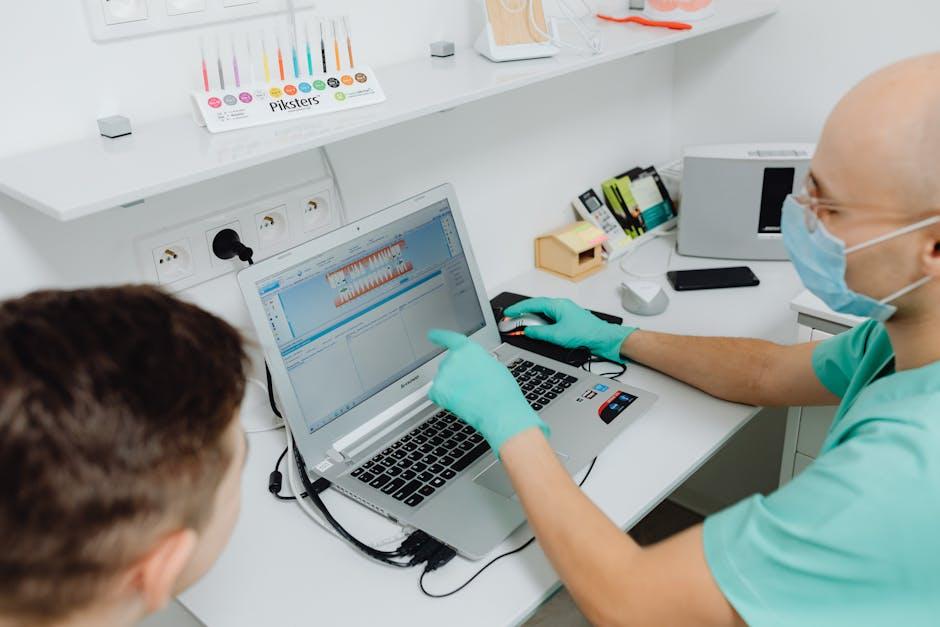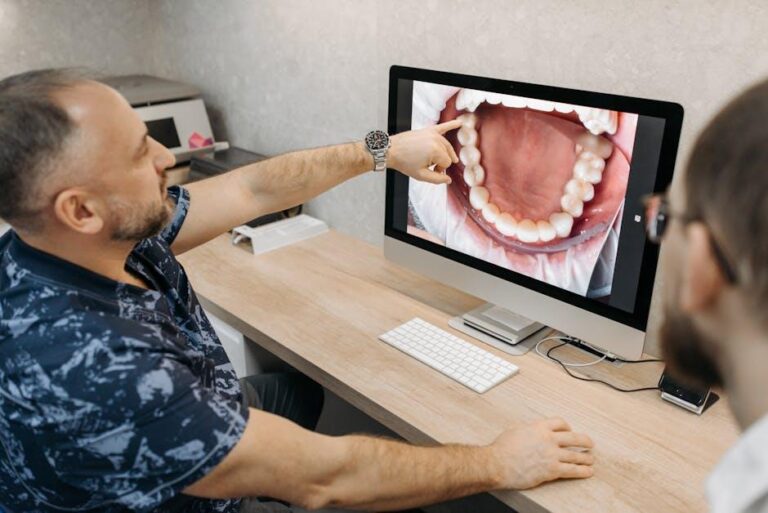
Digital Dentistry: What to Know About a Few Popular Technologies – American Dental Association
Digital dentistry is transforming the way dental professionals deliver care. Thanks to technological advances endorsed by the American Dental Association (ADA), patients can enjoy more precise, efficient, and comfortable dental treatments. In this article, we’ll explore some popular digital dentistry technologies, their benefits, and practical tips for patients considering modern dental care options. Whether you’re curious about how digital impressions work or interested in the future of 3D dental printing, this guide will help you navigate the latest innovations.
What Is Digital Dentistry?
Digital dentistry refers to the use of dental technologies or devices that incorporate digital or computer-controlled components in their design, construction, guidance, or fabrication. According to the American Dental Association, it includes any workflow involving digital imaging, CAD/CAM design, and computer-aided manufacturing, among others.
From diagnosis and treatment planning to restorative and orthodontic procedures, digital dentistry streamlines clinical processes and enhances accuracy.
Popular Digital Dentistry Technologies Backed by the ADA
1. CAD/CAM (Computer-Aided Design and Computer-Aided Manufacturing)
CAD/CAM technology uses digital scanning and computer software to design and fabricate dental restorations like crowns, bridges, veneers, and inlays. Rather than relying on traditional impressions and external labs, many dentists can complete restorations in-office in a single visit.
- How it works: The dentist scans your teeth with an intraoral digital scanner, creates a 3D model, and designs the restoration with CAD software.
- Benefits: Faster turnaround time, precise fit, durable materials, and less discomfort from traditional impressions.
- ADA Insight: The ADA supports clinical use of CAD/CAM as it enhances patient outcomes and reduces errors.
2. Digital Impressions
Replacing traditional impression materials, digital impressions use optically based scanners to capture accurate details of your teeth and gums. This technology is less invasive and more comfortable.
- Benefits: No messy putty, faster capture, quick transmission to labs, and highly accurate results.
- Applications: Used for crowns, bridges, Invisalign aligners, and implant planning.
3. 3D Printing in Dentistry
3D printing allows dentists to create models, surgical guides, orthodontic appliances, dentures, and even prosthetics layer by layer with high precision.
- Advantages: Speeds up production, improves customization, reduces waste, and lowers overall costs.
- Common Uses: Fabrication of temporary crowns, study models, custom trays, and night guards.
4. Cone Beam Computed Tomography (CBCT)
CBCT is a specialized type of X-ray equipment that produces 3D imaging of the teeth, oral and maxillofacial region, and airway. It aids in thorough treatment planning.
- Key Advantages: Detailed views of bone structure and nerves, essential for implant placement and complex surgeries.
- ADA Recommendation: Use CBCT judiciously to limit radiation exposure while benefiting from detailed anatomical information.
Benefits of Digital Dentistry for Patients
| Benefit | Description |
|---|---|
| Comfort | Digital tools minimize discomfort, such as from traditional molds or multiple visits. |
| Speed | Many dental procedures are completed faster, often in one day. |
| Accuracy | Precise digital impressions and models reduce errors and improve outcomes. |
| Customization | Tailored restorations and appliances ensure better fit and function. |
| Improved Communication | Digital data facilitates easier sharing and treatment planning between dentist and specialists. |
Practical Tips for Patients Considering Digital Dentistry
- Ask your dentist: Inquire which digital technologies your dental office offers and how they might benefit your treatment.
- Verify ADA endorsement: Ensure your dentist follows ADA guidelines using approved digital tools for safe and effective care.
- Understand your treatment: Request clear explanations or 3D visuals that digital tech enables for better decision-making.
- Insurance and costs: Check if digital procedures are covered by your dental insurance or if they carry additional fees.
- Maintain good oral hygiene: Digital restorations last longer with proper care—regular brushing, flossing, and dental visits matter.
Case Study: One-Day CAD/CAM Crown Restoration
A 45-year-old patient with a fractured molar chose a CAD/CAM crown. The dentist scanned the tooth digitally, designed the crown onsite, and milled it within the dental office in under two hours. The patient left the office with a perfectly fitting, natural-looking crown without needing multiple appointments or temporary restorations.
This real-world example shows how digital dentistry enhances convenience and patient satisfaction.
First-Hand Experience: Patient Perspective on Digital Impressions
“During my last dental visit, the dentist used a small wand scanner instead of traditional impression putty. It was quick and painless, and I could even watch the 3D model of my teeth form on screen. It made me feel more involved in my care and less anxious about the procedure,” shared Jessica, a patient from Chicago.
Patient-centered experiences like these highlight the positive impact of digital dentistry tools.
Conclusion: Embracing the Future of Dental Care
Digital dentistry is revolutionizing oral healthcare with technologies that improve precision, comfort, and efficiency. Supported by the American Dental Association, these innovations empower dentists to deliver superior care and patients to enjoy faster, less invasive treatments. Whether it’s CAD/CAM restorations, 3D printing, or digital impressions, understanding these technologies helps patients make informed choices and embrace modern dental solutions. If you’re curious about digital dentistry, speak with your dentist today to learn how these advancements can benefit your smile.


